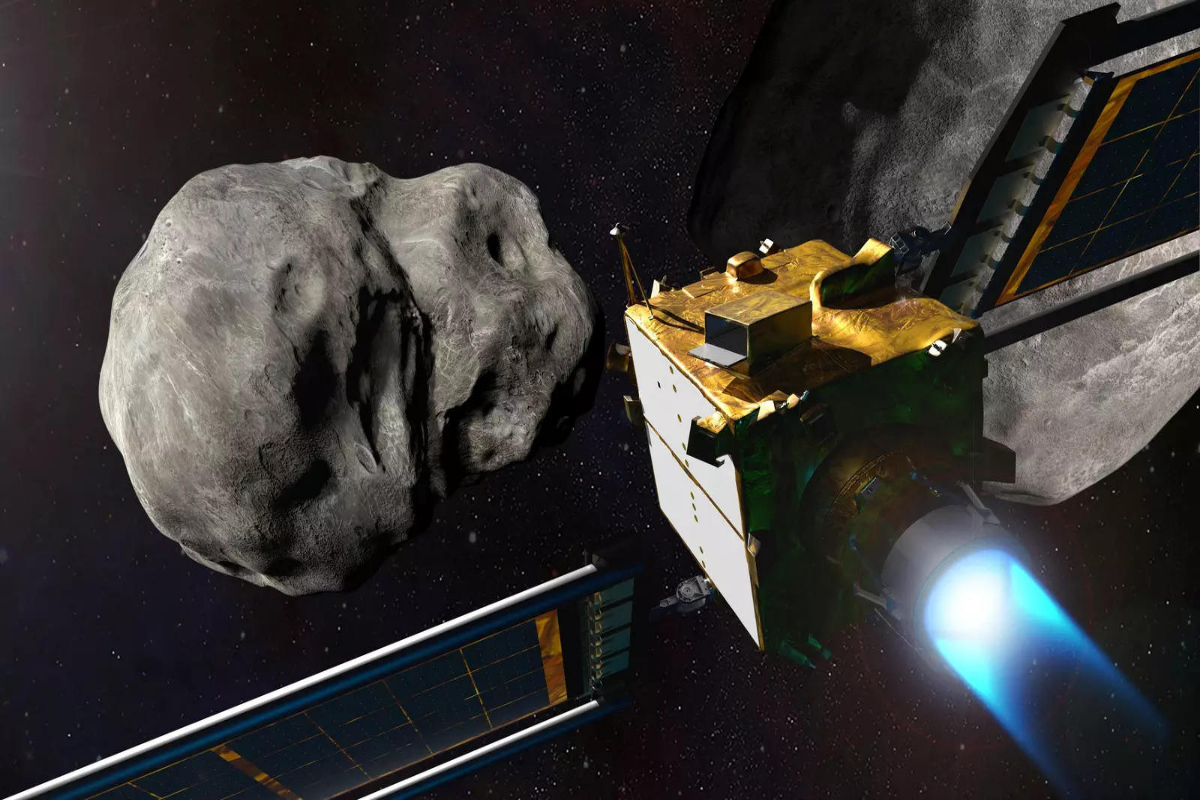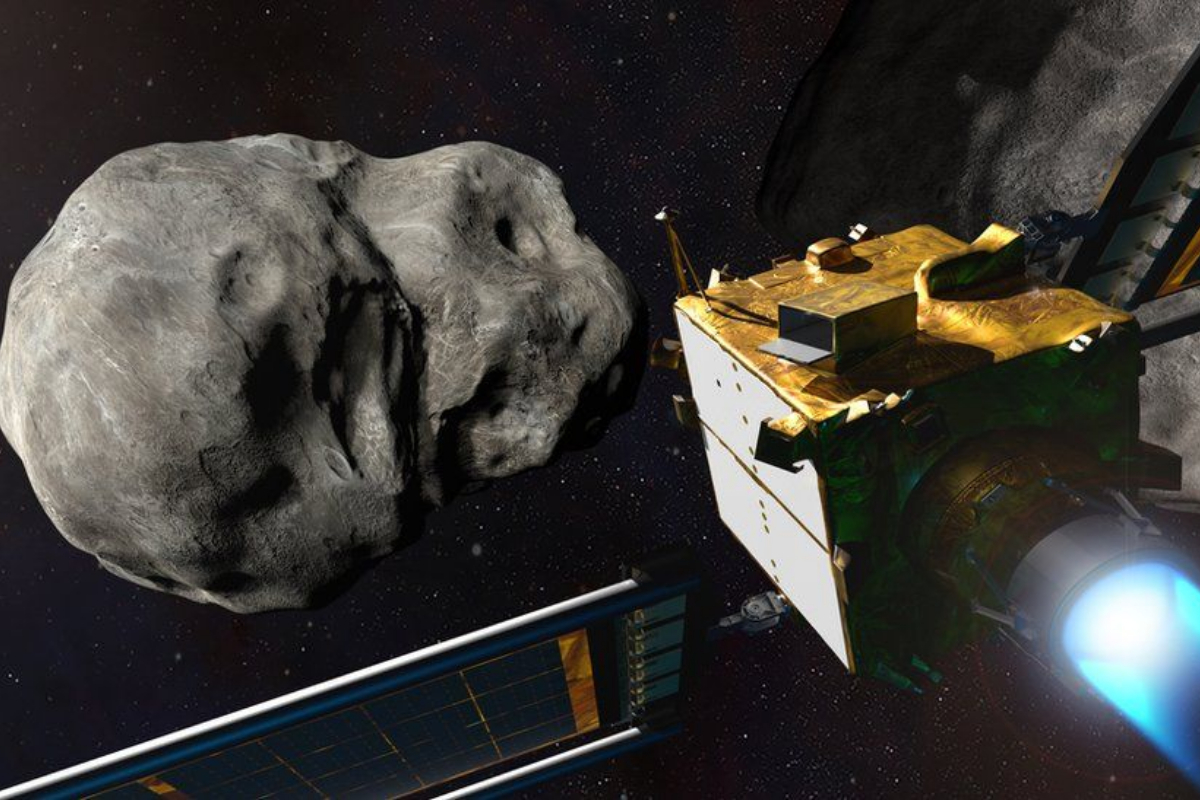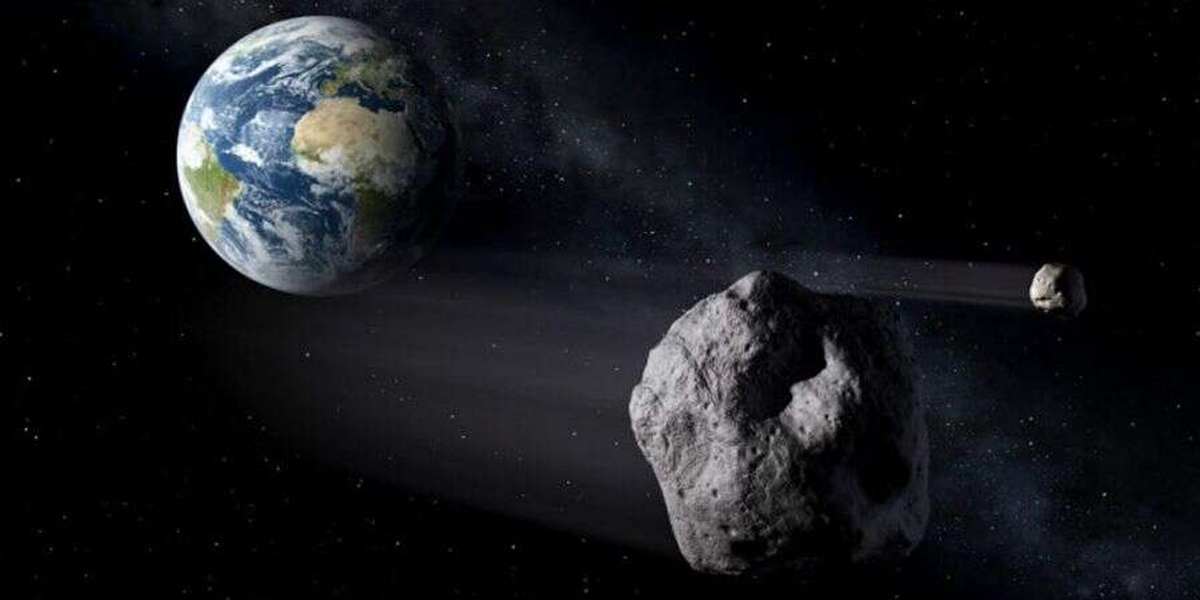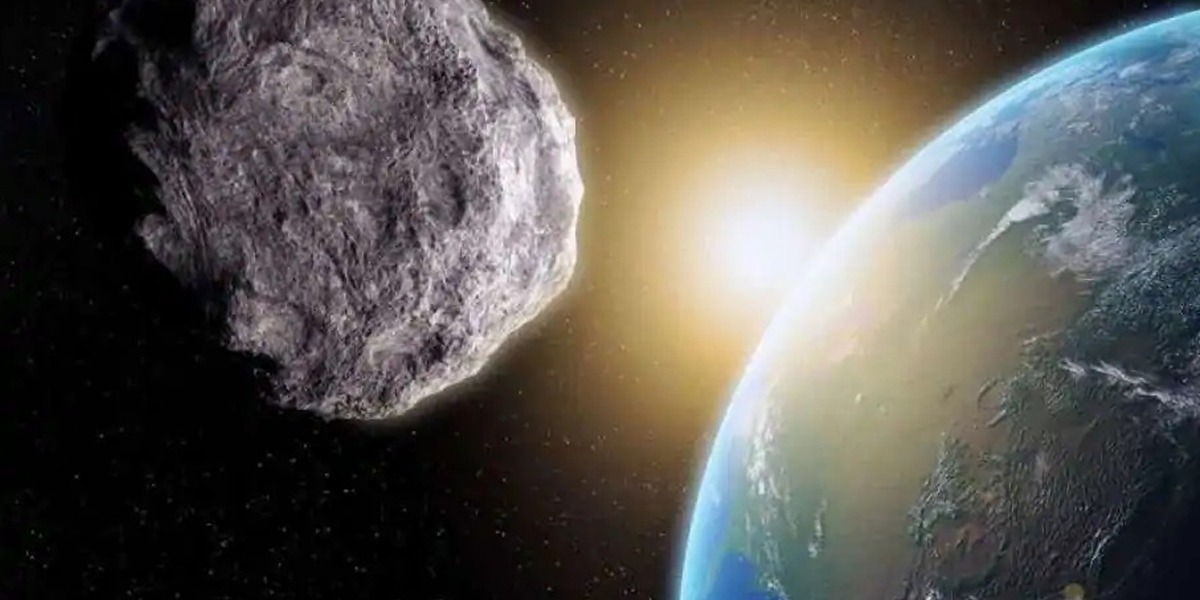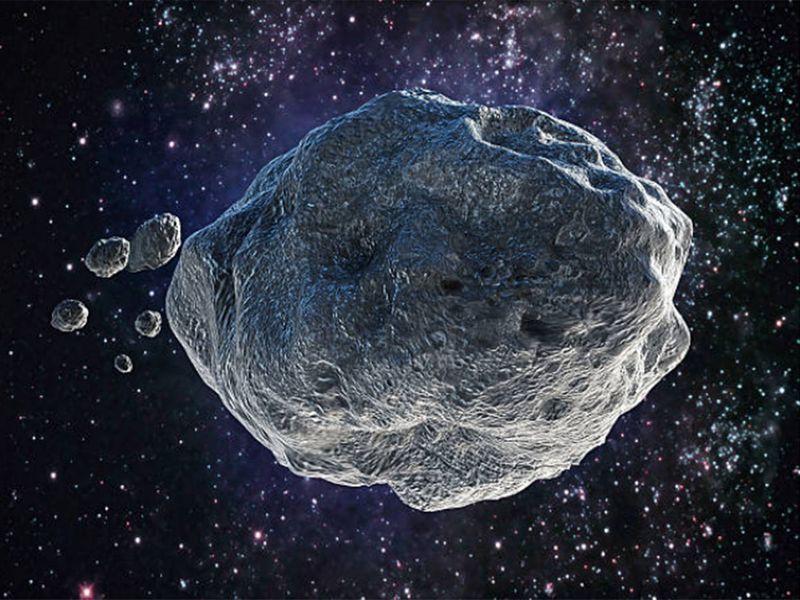- Dinosaurs may have been wiped out by meteorites that hit Earth billions of years ago.
- China’s Change 5 probe has brought samples from the moon to Earth.
- Analysis shows important events that affected the earth were part of other events happening in space.
Surprising information about the past of our solar system has been revealed by China’s Change 5, which brought samples from the moon to Earth. Science Advances has reported on one such discovery.
The dinosaurs may have been killed by the meteorites that struck our planet and the moon thousands of years ago, according to evidence discovered by scientists.
The lunar soil analysis demonstrated that important events that affected the earth were part of other events happening in space, say experts from Curtin University.
The team scrutinized tiny glass beads from two billion years ago to reach the conclusion.
Scientists said that those beads must have been created by the heat and pressure of meteorites. The silicate fragments might have developed as a result of volcanic eruptions.
Researchers employed numerous microscopic analytical techniques and geological surveys.
They discovered that some spherules, or lunar beads, were from the same era as the crater events that wiped out the dinosaurs.
[embedpost slug=”storm-ian-postponed-the-launch-of-nasas-artemis-i-moon-rocket/”]



